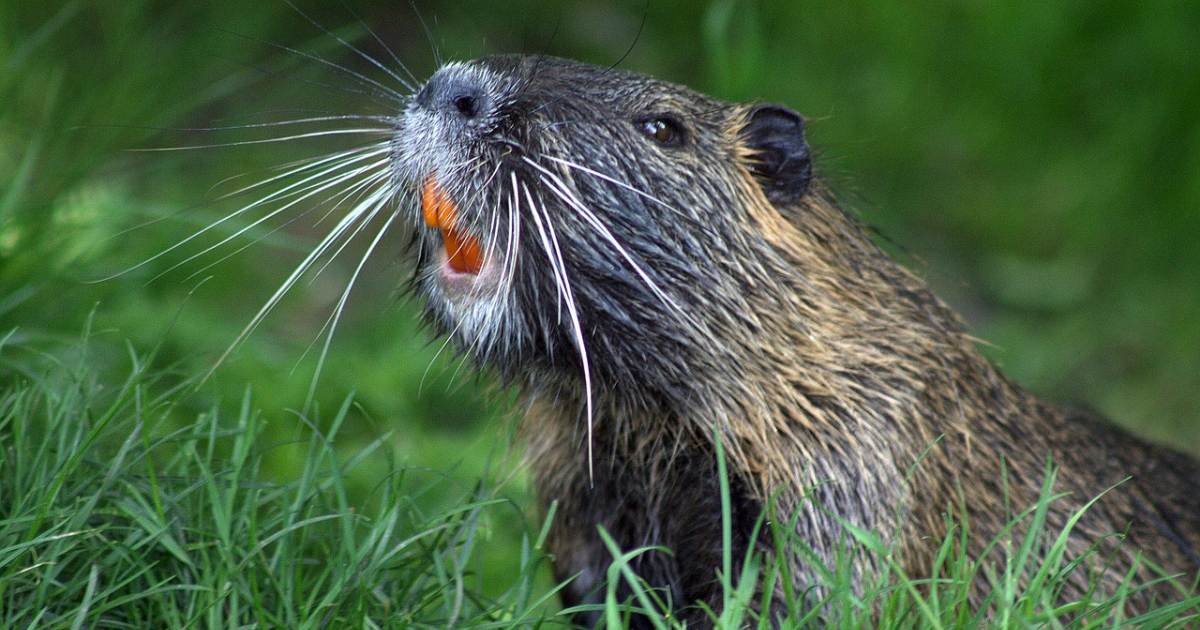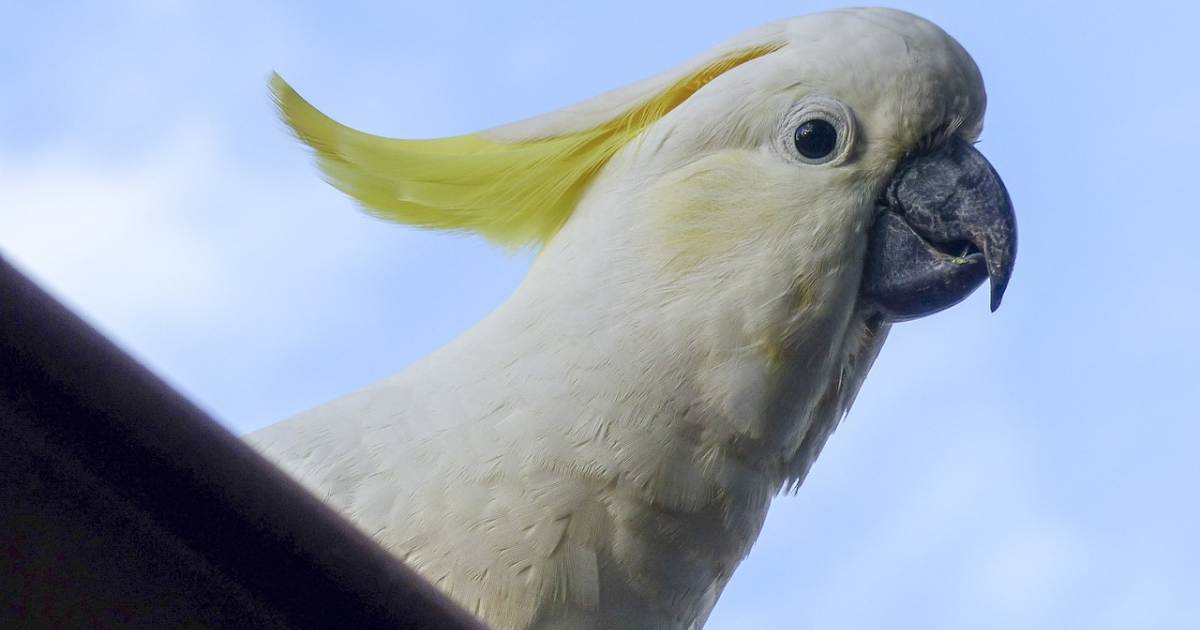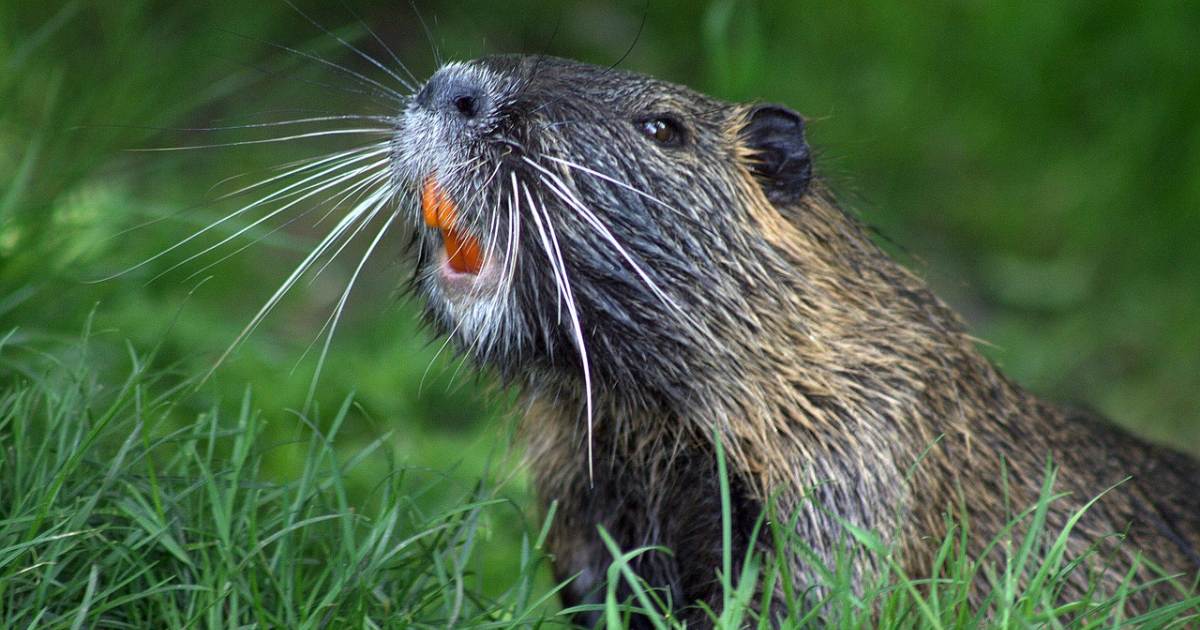Busy beavers recently created havoc for a small town in Canada, cutting off internet connectivity.
"Busy as a beaver" is an appropriate description, with the creatures being prolific builders. They construct and maintain dams made of mud, stones, sticks and branches. The longest beaver dam, around 850 metres across, is located in Wood Buffalo National Park in Alberta, Canada. It's believed beavers have been working the site since the 1970's.

The beaver uses its rather intimidating large orange teeth to fell trees up to around 80 centimetres thick in order to get to the branches and all the inner layer of a tree's bark. Their teeth aren't orange due to poor oral hygiene, but to an iron-rich protective coating of enamel.
Given their chewing abilities, fibre optic cable wouldn't pose much of a challenge.
CBC recently reported internet service was interrupted for approximately 900 customers in Tumbler Ridge, British Columbia after a beaver chewed through a fibre cable at multiple points. Telus techs arriving at the scene found the smoking gun - fibre marking tape usually buried underground was found atop the beaver dam. Service was restored about 11 hours later; a good result given the damage, remoteness of the location and the fact the ground above the cable was partially frozen.
Australia's Feathered Beaver?
Australia's sulphur-crested cockatoos are known the world over for their intelligence, longevity and antics.

Unfortunately, some of those antics can be quite destructive. Its pincer-like beak is incredibly strong and apparently the sulphur-crested cockatoo has a bite force strength exceeding 350 PSI. Like the beaver's teeth, the beak continues to grow, so a cockatoo needs to chew on objects in order to keep it in good condition. It doesn't appear particularly fussy about what it will chew on.
A few years back NBN Co reported cantankerous cockatoos had been gnawing on spare (i.e. not connected) power and fibre cables strung from its fixed wireless towers, including steel braided cable. At that point the cockies had wreaked around $80,000 worth of damage and it was hoped installing small UV-stable canisters that cost just $15 each to encase cable ends would solve the problem. As there haven't been further reports, it's assumed the canisters did the job.
As for Lighting Broadband's towers, we're pleased to report no cockatoo-related cable cutting crises have occurred to our fixed wireless infrastructure to this point.



